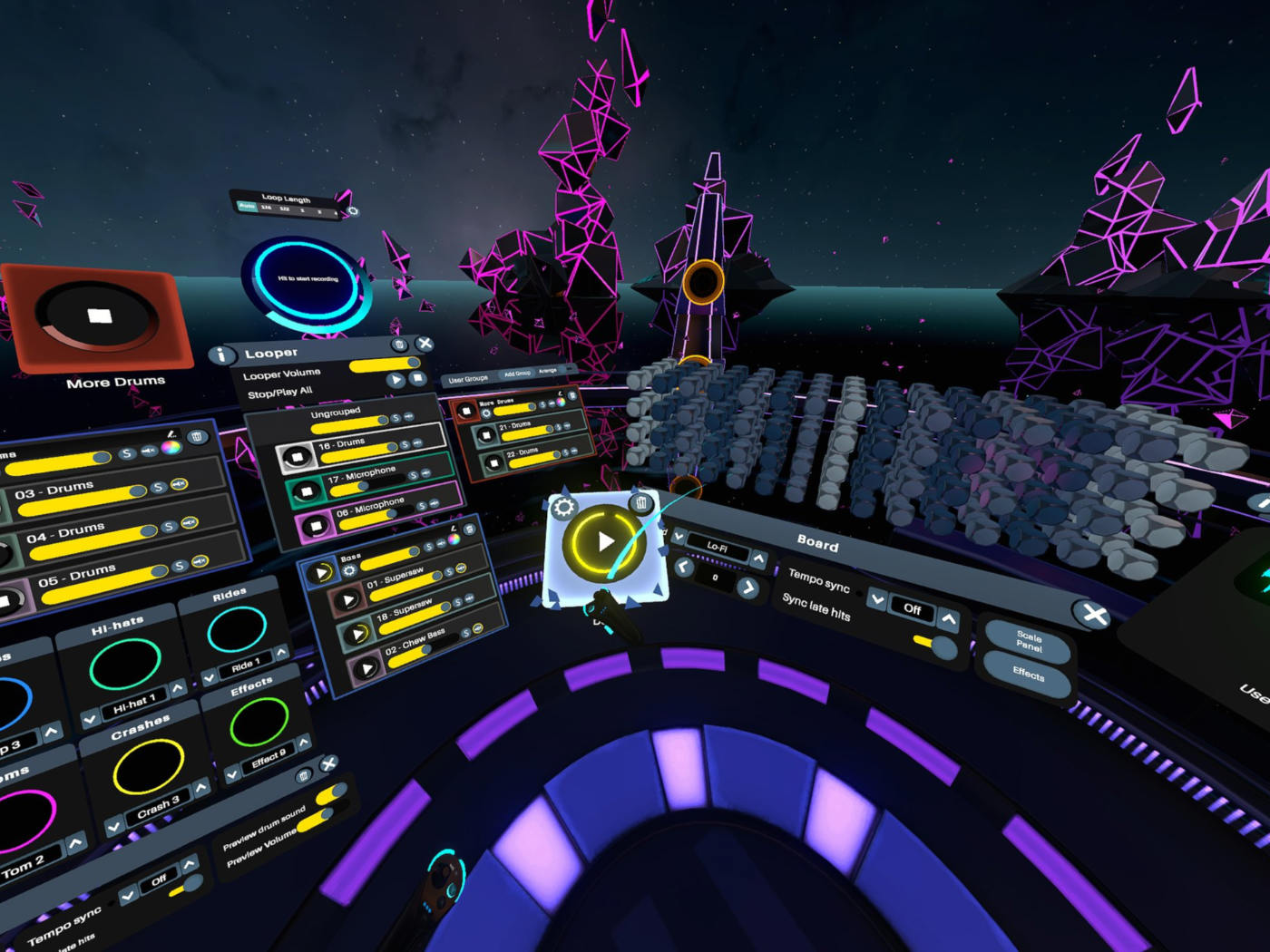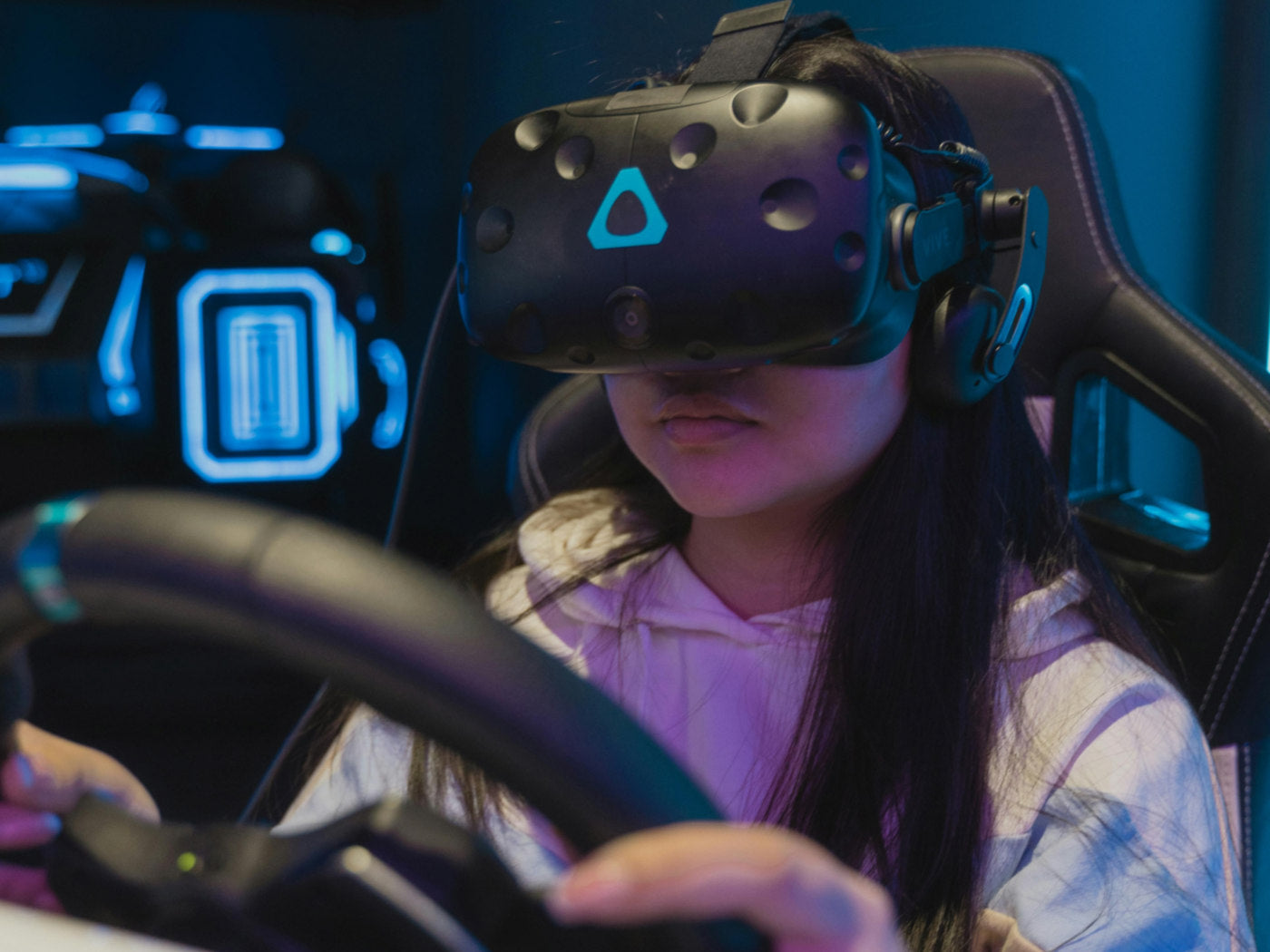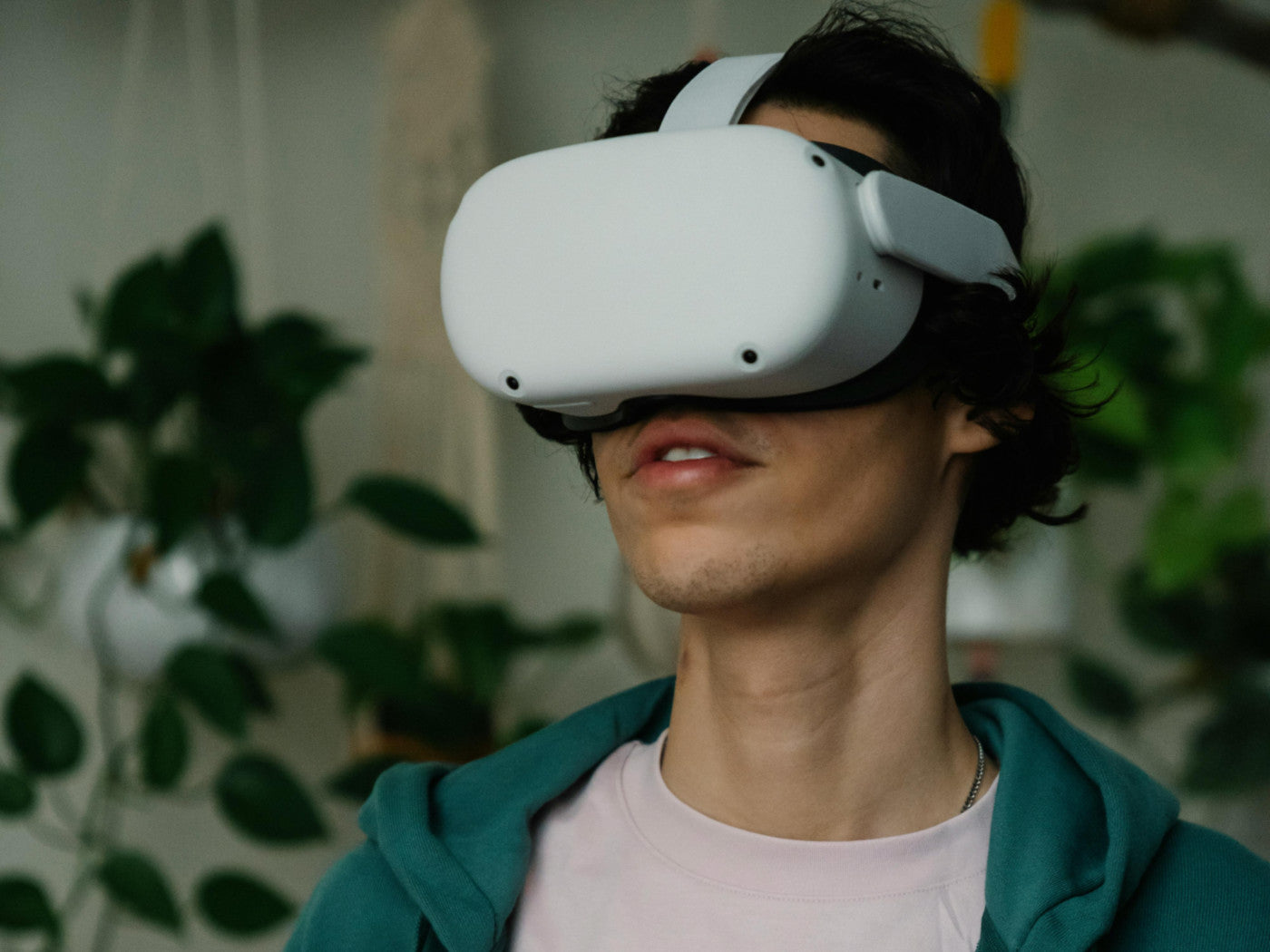The Meta Quest 3, with its cutting-edge controller tracking system, marks a significant advancement in the world of virtual reality. Unlike its predecessors, Quest 3 introduces a revolutionary tracking approach that dispenses with traditional tracking rings. To comprehend how this system operates, it's crucial to delve into the underlying technology.
How Quest 3 Controller Tracking Operates

The Absence of Tracking Rings
One of the most noticeable changes in Quest 3's controllers is the absence of traditional tracking rings. These rings, a prominent feature of previous Quest controllers, were designed to be detected by the headset's cameras for tracking. In Quest 3, this classic approach is replaced by a more advanced technology.
Infrared LED
While the tracking rings are gone, Quest 3's controllers are not devoid of tracking elements. Instead, they feature strategically placed infrared (IR) LEDs on their faces. These IR LEDs are the key to tracking the controllers' movements. However, a new challenge arises – the occlusion of these LEDs when the controllers are obscured from view such as when they are held behind the player's back or close to their body.
Continuous Tracking and Fusion
To address the issue of occlusion, Quest 3 employs a dual tracking approach. The controllers continuously run hand tracking even when the LEDs are not in the camera's field of view. This hand tracking data is then fused with the LED tracking data. This fusion ensures that the controller's position and orientation are always accurately determined, offering a seamless gaming experience.
Sensor Synergy
In addition to LED tracking, Quest 3 controllers utilize accelerometers and gyroscopes. These sensors work in synergy with the optical tracking system. While the LEDs capture positional data, the accelerometers and gyroscopes provide additional movement and orientation data. This combination of technologies results in precise and responsive controller tracking.
How Does Quest 3 Controller Tracking Achieve Seamless VR Interaction?
Occlusion Mitigation
Traditional controller tracking systems can struggle when the controllers are obstructed from the headset's cameras. Quest 3 addresses this challenge by continuously running its controller-free hand tracking in the background.
This means that even if the infrared LEDs on the controllers are temporarily hidden from view, the system maintains an understanding of their location and orientation through hand tracking data. As a result, users can seamlessly transition between controller tracking and hand tracking without interruptions.
Fusion of Tracking Data
The real magic happens when Quest 3 fuses the data from multiple tracking sources. The system cleverly combines the data collected from the IR LEDs on the controllers with information from the accelerometers and gyroscopes. This synergistic blend of technology guarantees meticulous tracking, assuring that the virtual world faithfully mirrors the controllers' positions and orientations.
Hand-to-Hand Interaction
The removal of tracking rings has a profound impact on how users interact with Quest 3. With the controllers no longer bound by the bulk of the rings, users can bring them closer together at various angles. This freedom opens the door to entirely fresh possibilities within the VR realm. It paves the way for novel forms of interaction, ranging from intricate hand gestures to seamless object handling. The heightened hand-to-hand interaction serves as a pivotal transformation for VR experiences, enabling an even more dynamic and captivating gameplay experience.
Streamlined Design
The absence of tracking rings not only enhances interaction but also contributes to a more streamlined and comfortable controller design. Players no longer need to worry about accidental collisions between tracking rings. This improvement may sound minor, but it significantly affects gameplay by reducing physical barriers and making the virtual world feel more immersive.
Real-World Testing
Despite these advancements, Quest 3's controller tracking system is not without its challenges. Some users have reported tracking issues, particularly during high-speed activities. However, it's important to note that Meta is actively addressing these concerns. As VR applications and games evolve, the tracking system will likely continue to improve through software updates and optimizations.
Pioneering Technology
Quest 3's controller tracking system exemplifies the cutting-edge technology that defines the future of VR. By enabling seamless transitions between controller and hand tracking, Quest 3 transforms how users interact with virtual environments. This technology opens the door to creative gameplay and more natural, intuitive interactions in the VR world.
Recommended Blogs:
- Best Meta Quest 3 Accessories To Buy (Keep Updating)
- Will Your Quest 2 Accessories Work with Meta Quest 3?
Recommended Meta Quest 3 Accessories:
1. ZyberVR Quest 3 Elite Strap
2. ZyberVR Neck Power Bank
3. ZyberVR Black Sling Bag
4. ZyberVR Link Cable
5. ZyberVR 3-in-1 Sticks For Quest 3
6. ZyberVR ACE Elite Strap for Quest 3
Conclusion
As technology continues to evolve, so does the landscape of virtual reality. Meta Quest 3's controller tracking is a testament to the constant innovation happening in the VR industry. With Quest 3, users can not only enjoy cutting-edge VR experiences but also catch a glimpse of the exciting future that lies ahead.




